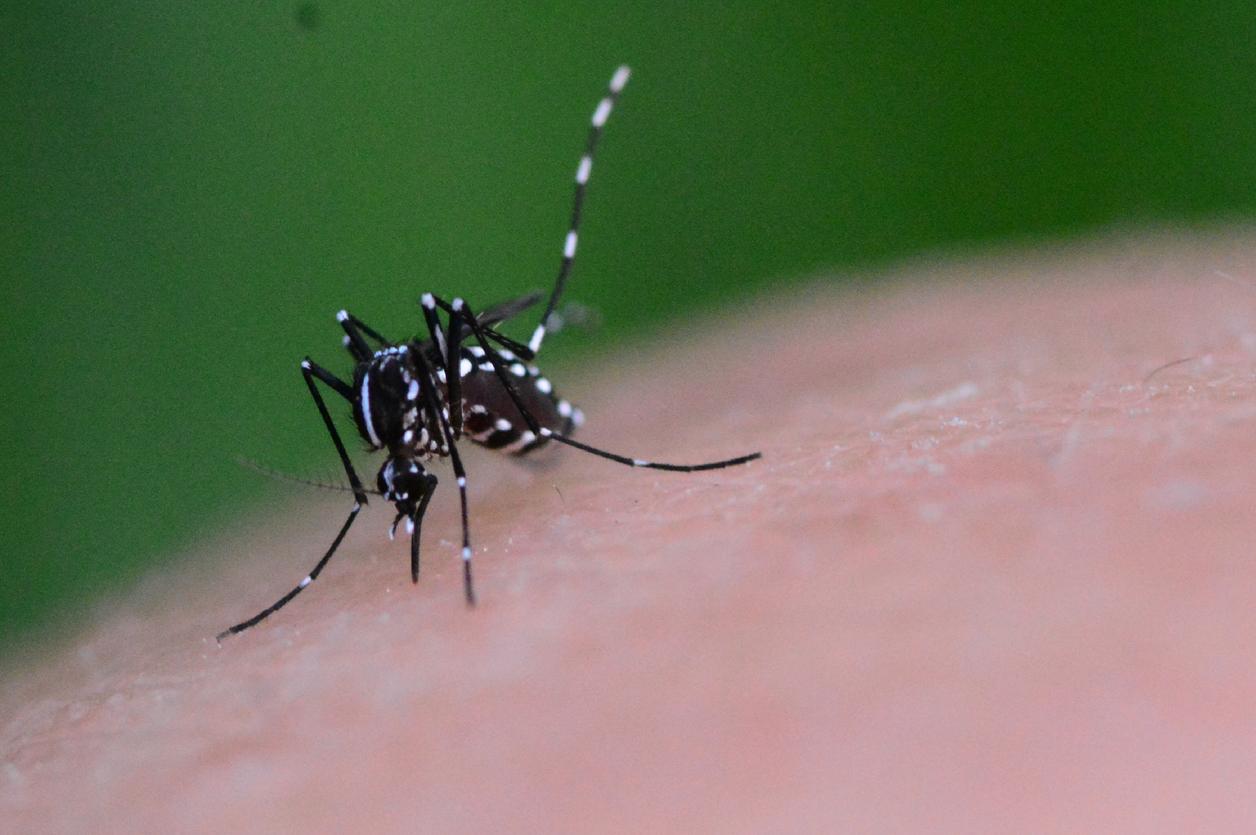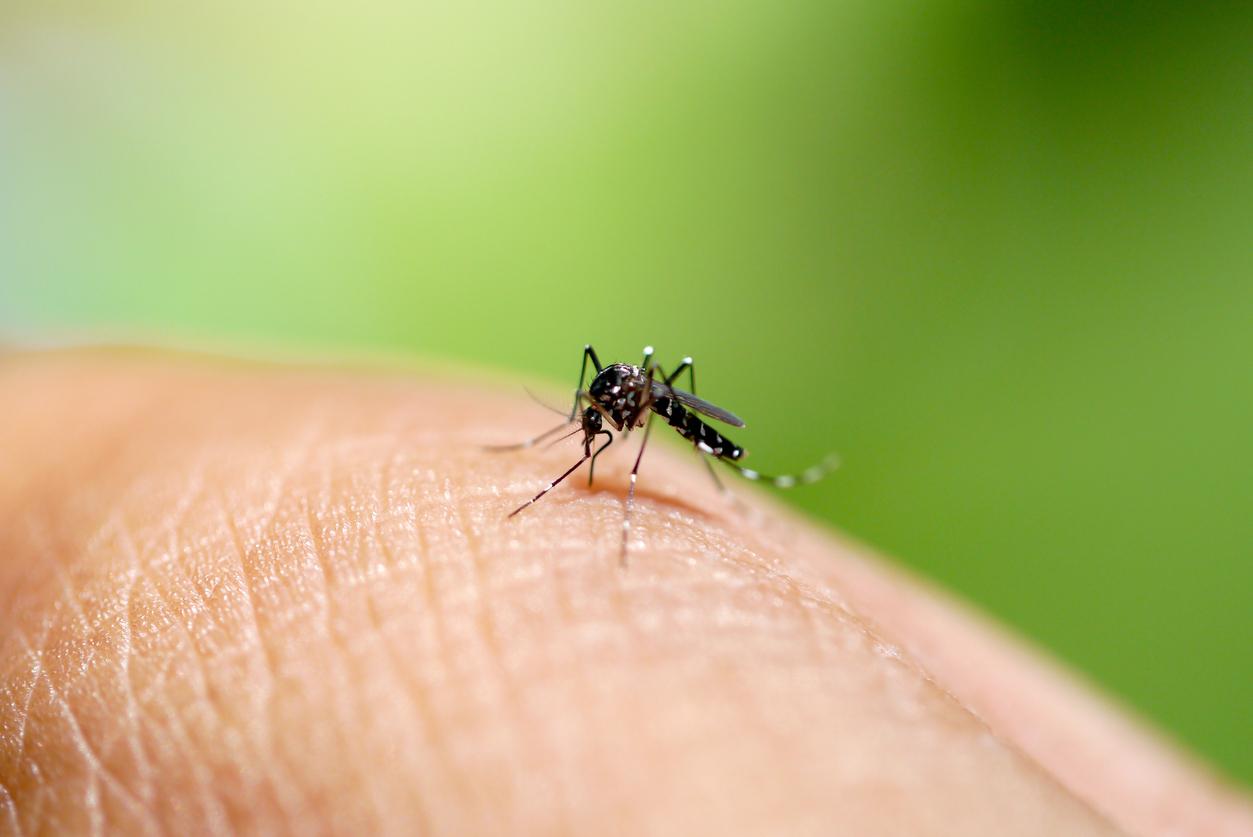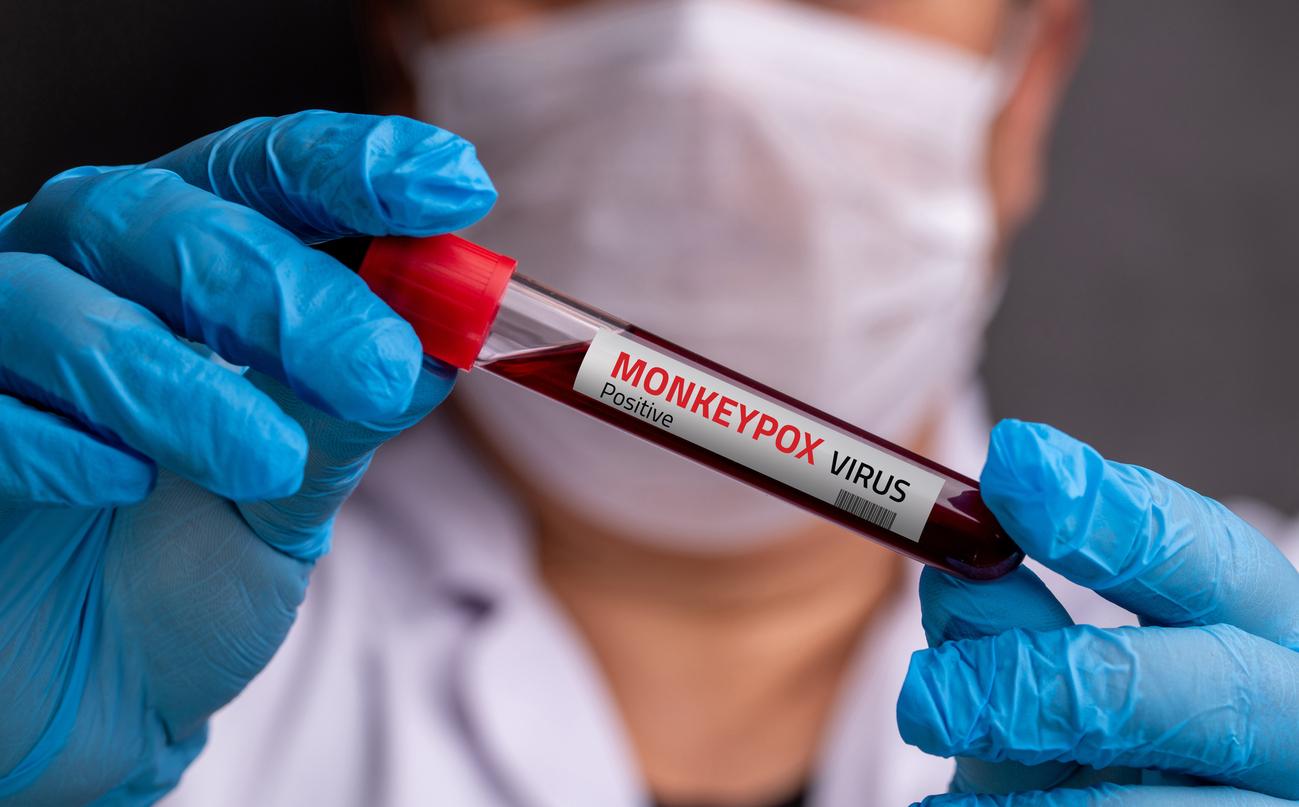Two cases of African swine fever contamination on wild boars in Belgium prompted the French authorities to react and put in place an immediate action plan. What are the risks for humans?

African swine fever (ASF) causes high fevers, loss of appetite and heavy bleeding in infected animals with death within 2 to 10 days, according to the‘World Organization for Animal Health (GOOSE). It is a very contagious disease which mainly affects pigs and wild boars. For the moment, no treatment or vaccine makes it possible to fight effectively against this virus. If ASF is not contagious for humans, it could have a significant impact on farms in the event of an epidemic.
Four departments on the front line
The presence of two cases of ASF in the Walloon municipality of Etalle in Belgium, about ten kilometers from the French border, led the French Ministry of Agriculture to react quickly. A reinforced action plan has been launched in the four departments which share the border with Belgium (Ardennes, Meuse, Moselle and Meurthe-et-Moselle). In one communicated, the Ministry of Agriculture explains that ASF “constitutes an unprecedented progression of the disease which requires a response commensurate with the considerable economic stakes for the French agri-food sectors”.
This plan provides for “zoning measures, restrictions on certain activities such as hunting and reinforced surveillance of livestock and wildlife” as well as “the strengthening of biosecurity measures to prevent the introduction of the virus into pig farms and surveillance measures in slaughterhouses “.
Respect simple actions to avoid the introduction of African swine fever on our territory: a campaign is underway on European roads. pic.twitter.com/gSAlb2nOWo
– Alim’Agri (@Min_Agriculture) September 13, 2018
Belgium also on the alert
On the Belgian side, the problem is also taken very seriously. “The Public Service of Wallonia (SPW) is preparing measures to avoid as much as possible the dispersal of wild boars from the infected zone as well as the provisions relating to hunting”, explains in a communicated Federal Agency for the Safety of the Food Chain.
For the moment, it is impossible to know exactly where the two cases of ASF in Belgium come from. They could “be the consequence of the introduction of leftover foodstuffs abandoned by travelers from infected areas” further east, the competent authorities explained to the Belga news agency. Eight countries in Eastern Europe, Russia and China are also stricken by the virus.
A first alert at the end of August
At the end of August, Christiane Lambert, president of FNSEA, the main French agricultural union, worried about the risks of transmission on farms of African swine fever, already present in Eastern Europe, of where some hunting companies import wild boars for their game farms.
“We regret the inertia of decision-making by the French and European authorities on this subject and the lack of a European strategy to try to push back the disease front, while we have been warning about the risk for several years”, had also denounced the National Pig Federation (FNP) in an internal document.
.

















